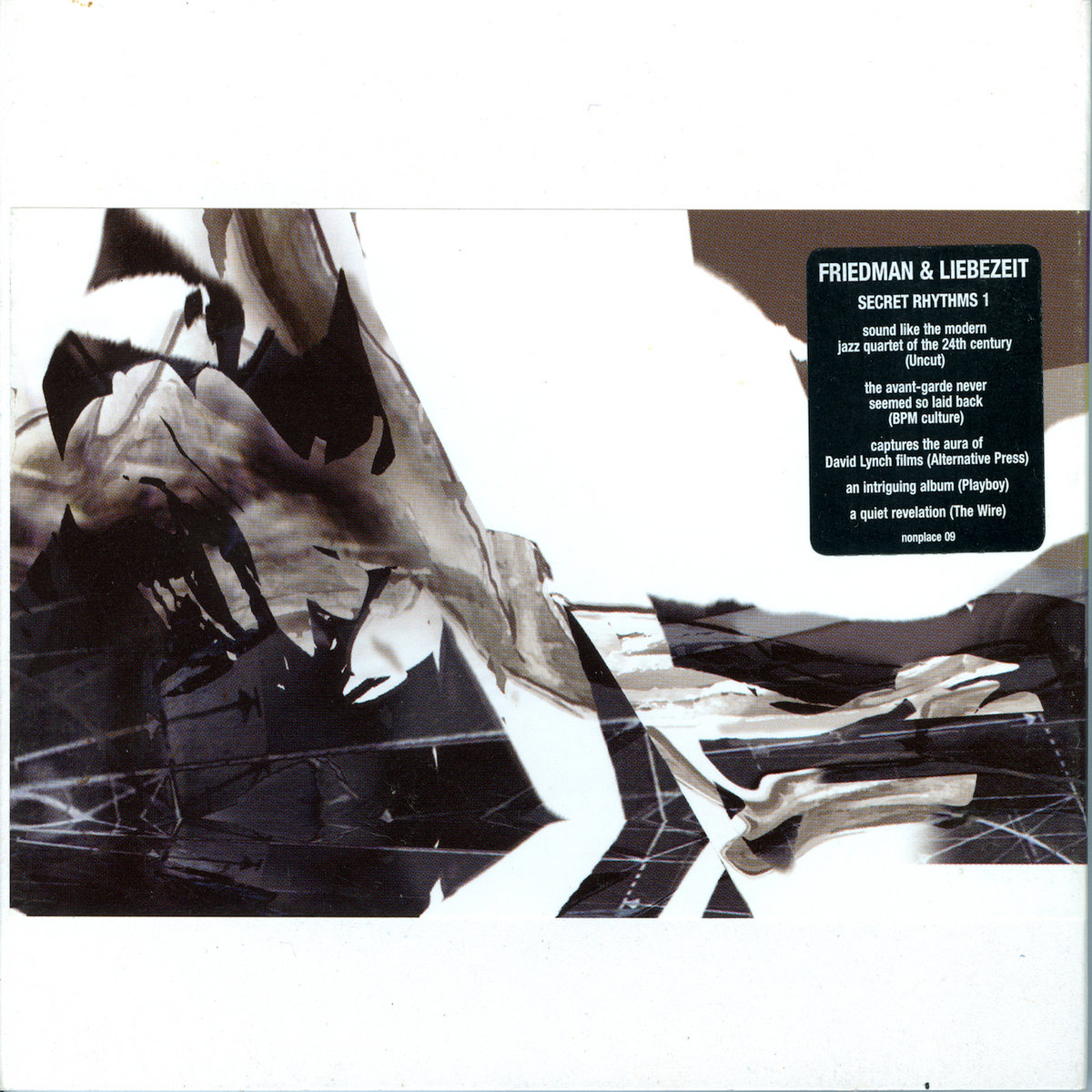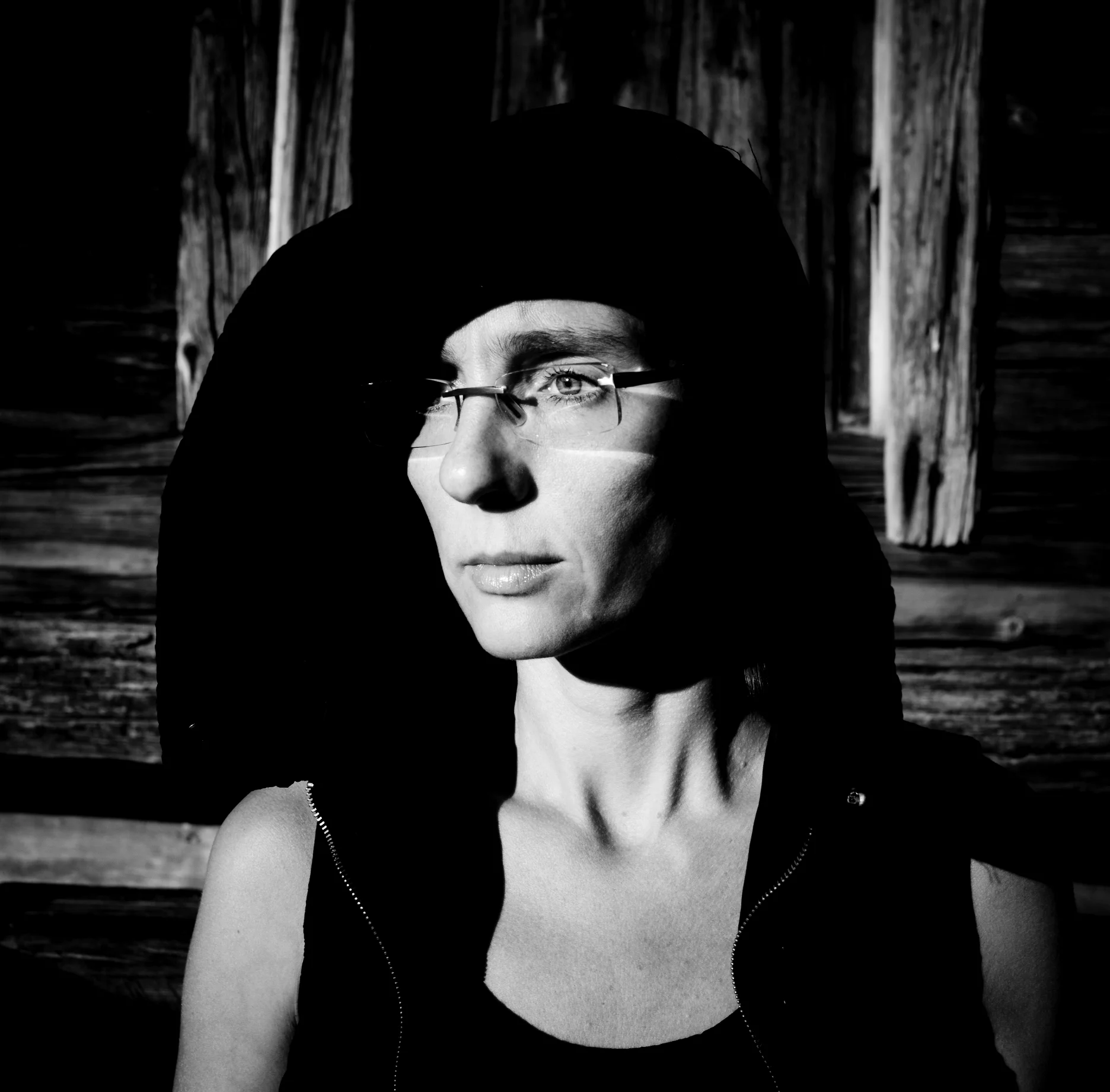
독일 출신의 토마스 브링크만 (Thomas Brinkmann)은 미니멀 테크노의 실험 정신을 미학적 극한까지 밀어붙인 개념적 사운드 아티스트다. 조각과 미학, 기계이론을 공부한 그의 음악은 단순한 반복을 넘어서며, 루프 자체를 하나의 철학적 구조로 작동시킨다.
개조한 톤암 턴테이블, 손상된 바이닐을 활용한 루프 실험, 그리고 시각적 패턴까지 아우르는 그의 작업은 정형화된 그리드 구조를 해체하고 재구성한다. 앨범 'Retrospektiv'는 20년간의 다양한 실험을 집약한 컬렉션으로, 테크노와 익스페리멘탈을 오가며 반복과 차이를 오롯이 드러낸다. 특정한 BPM과 피치의 고정 속도, 그리고 예기치 않은 전개 방식은 리듬에 ‘흠집’을 남기는 방식으로 청취자의 시간을 재구성한다.
브링크만은 반복을 통해 ‘배움과 아픔’을 설계하며, 리듬을 통해 인간적 불완전성을 드러낸다. 그에게 루프는 단순한 패턴이 아니라, 진정한 감각의 연습이다.
Thomas Brinkmann, a German sound artist, pushes the experimental spirit of minimal techno to aesthetic extremes. With a background in sculpture, aesthetics, and machine theory, his music goes beyond simple repetition—treating the loop itself as a philosophical structure.
Using modified tonearm turntables, damaged vinyl, and visual pattern experimentation, Brinkmann deconstructs and reassembles the standardized grid structure. 'Retrospektiv,' a collection spanning 20 years of work, distills his various experiments, navigating between techno and the experimental to fully expose the interplay of repetition and difference. Fixed BPMs and pitches, alongside unexpected structural shifts, "scar" the rhythm—restructuring the listener’s experience of time.
Through repetition, Brinkmann designs processes of "learning and pain," revealing human imperfection through rhythm. For him, the loop is not just a pattern—it is a true exercise in perception.

by FNST_SESSION
'PHONIC CYCLE~' 카테고리의 다른 글
| UNMAPPED RHYTHMS #23 Jlin - Dark Energy [2015] (1) | 2025.06.08 |
|---|---|
| UNMAPPED RHYTHMS #22 D/P/I - Composer [2016] (0) | 2025.06.08 |
| UNMAPPED RHYTHMS #20 Beatrice Dillion - Workaround [2020] (1) | 2025.06.07 |
| UNMAPPED RHYTHMS #19 Frank Bretschneider - Rhythm [2007] (0) | 2025.06.07 |
| UNMAPPED RHYTHMS #18 Ondo Fudd - Eyes Glide Through The Oxide [2019] (0) | 2025.06.07 |







